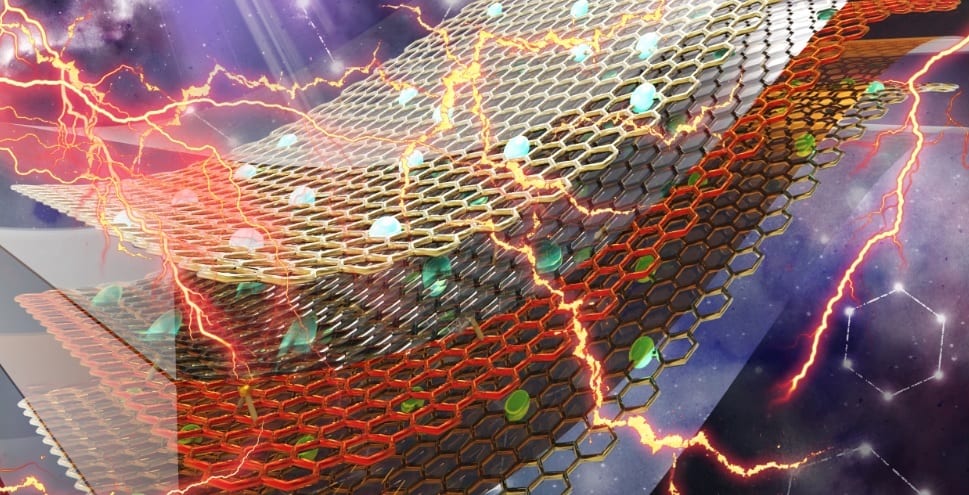Yi Hou and Christoph Brabec took a moment to outline the hysteresis problem for perovskites. For more comprehensive information on this problem, you can also check out their paper ‘Suppression of Hysteresis Effects in Organohalide Perovskite Solar Cells’ in Advanced Materials Interfaces.
What is the hysteresis problem in perovskite solar cells?
Our current understanding is that hysteresis can be caused by various, mainly material-related, issues. Among them are interface barriers, delayed charge extraction rates, space charge effects at and within the interface layer, defect density related ion movement in the active layer, etc…
Do we know what causes it?
As mentioned above – there are most likely multiple origins for hysteresis. These mechanisms lead to the formation of a “giant” capacity, whose origin can not be simply explained by an ionic Helmholtz double layer.
How close are we to solving this issue?
As there are probably several material-related origins for hysteresis, the situation might be very similar to the “light soaking” effect in inorganic and organic solar cells or the “burn-in” effect in organic solar cells. The principle mechanisms behind that are understood, but as the hetero-interface formation is not (or is only poorly) controlled, consistency is lacking in the community. This delays the establishment of unified solutions. We recently demonstrated that a monolayer of fullerene is enough to prevent hysteresis, but are now looking forward to other groups confirming this for various processing conditions and various material compositions.

















